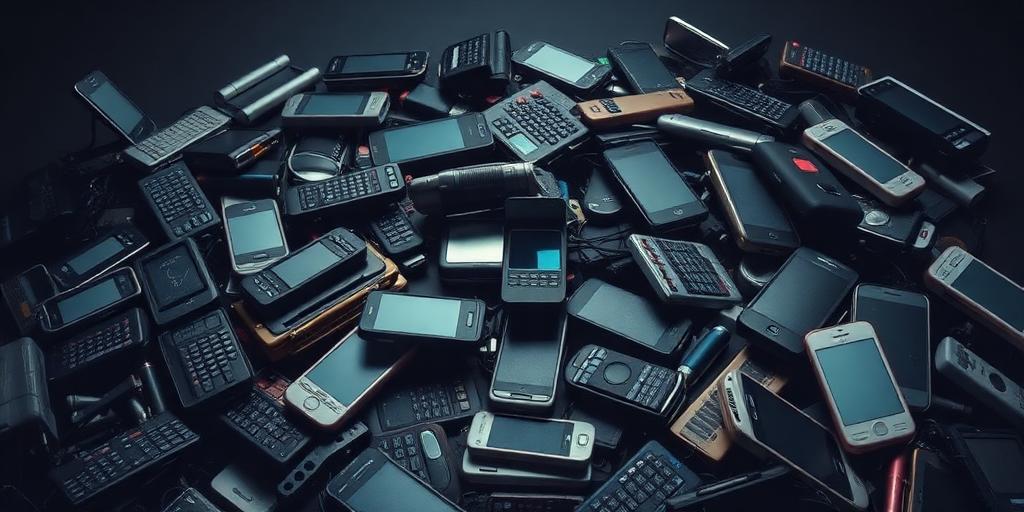E-Waste: The Dark Side of Our Gadget Obsession
In our hyper-connected world, we're surrounded by electronic devices. Smartphones, laptops, tablets, smartwatches – the list goes on. We eagerly embrace the latest models, drawn in by promises of enhanced features and performance. But what happens to our old gadgets? The answer is often e-waste, and it presents a significant environmental and health challenge.
What is E-Waste?
E-waste, or electronic waste, refers to discarded electrical or electronic devices. This includes everything from large appliances like refrigerators and washing machines to smaller items such as computers, mobile phones, and televisions. E-waste contains a complex mixture of materials, some of which are hazardous.
The Shocking Scale of the Problem
The amount of e-waste generated globally is staggering. According to the United Nations, the world produces over 50 million tons of e-waste each year, and this number is steadily growing. Much of this waste ends up in landfills, where it can leach harmful substances into the soil and water.
The Toxic Components
E-waste contains a cocktail of toxic materials, including:
- Lead: Found in solder and cathode ray tubes (CRTs), lead can damage the nervous system, kidneys, and blood.
- Mercury: Used in LCD backlights and batteries, mercury is a potent neurotoxin.
- Cadmium: Present in rechargeable batteries and some electronic components, cadmium can cause kidney damage and cancer.
- Brominated Flame Retardants (BFRs): Applied to plastics to prevent fires, BFRs can disrupt hormones and impair brain development.
When e-waste is improperly disposed of, these toxins can contaminate the environment and pose serious health risks to humans and animals.
Where Does E-Waste End Up?
While some e-waste is recycled responsibly, a significant portion is shipped to developing countries, where it's often processed in unsafe conditions. Informal recyclers, including children, dismantle devices to recover valuable materials like gold and copper. These workers are exposed to dangerous toxins, and the environment suffers from pollution.
The Environmental Impact
The environmental consequences of e-waste are far-reaching:
- Soil and Water Contamination: Heavy metals and other toxins can leach into the soil and groundwater, polluting ecosystems and contaminating drinking water sources.
- Air Pollution: Burning e-waste releases harmful pollutants into the air, contributing to respiratory problems and other health issues.
- Resource Depletion: Discarding e-waste instead of recycling it wastes valuable resources, such as precious metals, that could be reused.
What Can Be Done?
Addressing the e-waste crisis requires a multi-faceted approach:
- Reduce Consumption: Before buying a new gadget, consider whether you really need it. Extend the lifespan of your existing devices by taking care of them and repairing them when possible.
- Responsible Recycling: Dispose of your e-waste at certified recycling centers. These facilities use environmentally sound methods to recover valuable materials and safely dispose of hazardous substances.
- Support Extended Producer Responsibility (EPR) Programs: EPR programs hold manufacturers responsible for the end-of-life management of their products. Support policies that promote EPR and encourage manufacturers to design products that are easier to recycle.
- Raise Awareness: Educate yourself and others about the dangers of e-waste and the importance of responsible disposal practices.
Conclusion
Our love affair with gadgets has a dark side – the growing mountain of e-waste that threatens our environment and health. By making informed choices about consumption, recycling, and disposal, we can mitigate the harmful effects of e-waste and move towards a more sustainable future for electronics.









